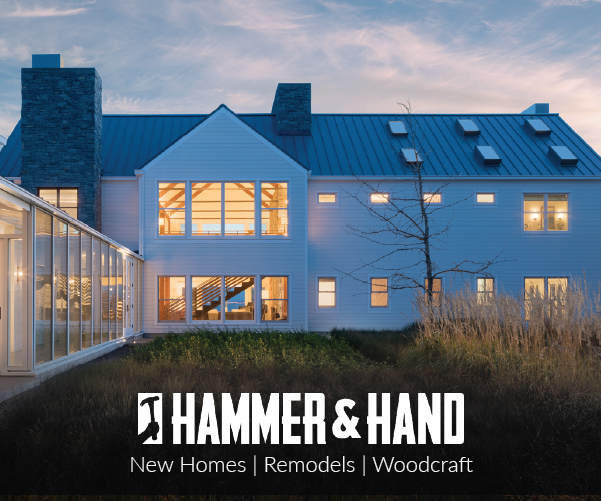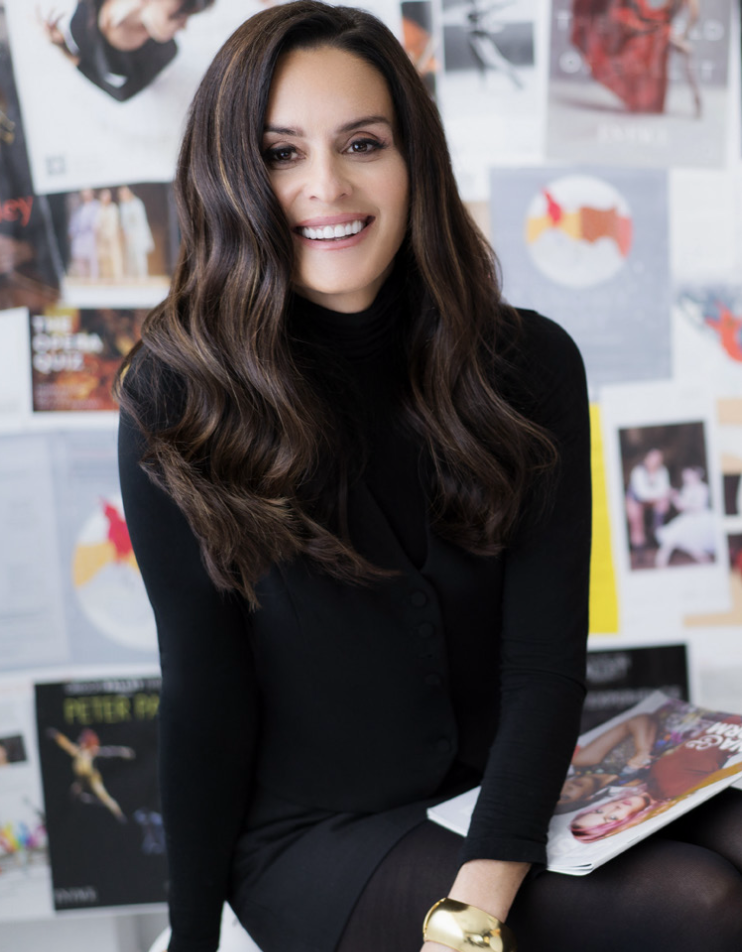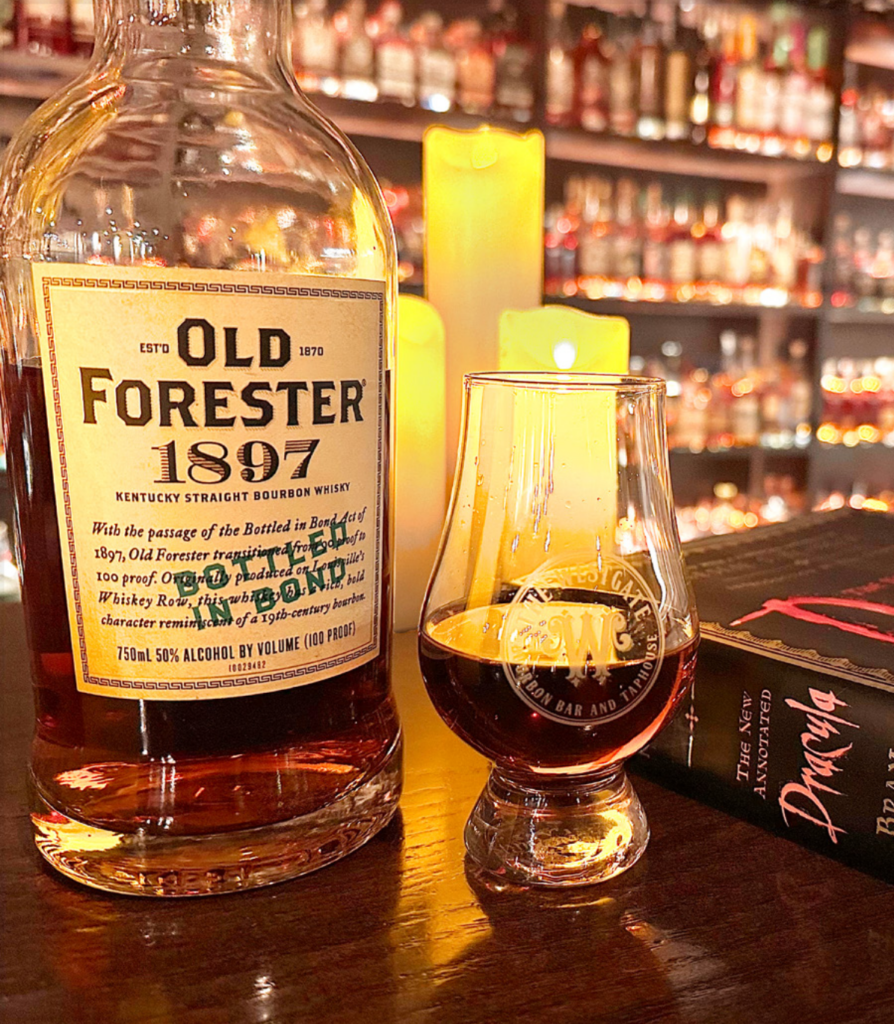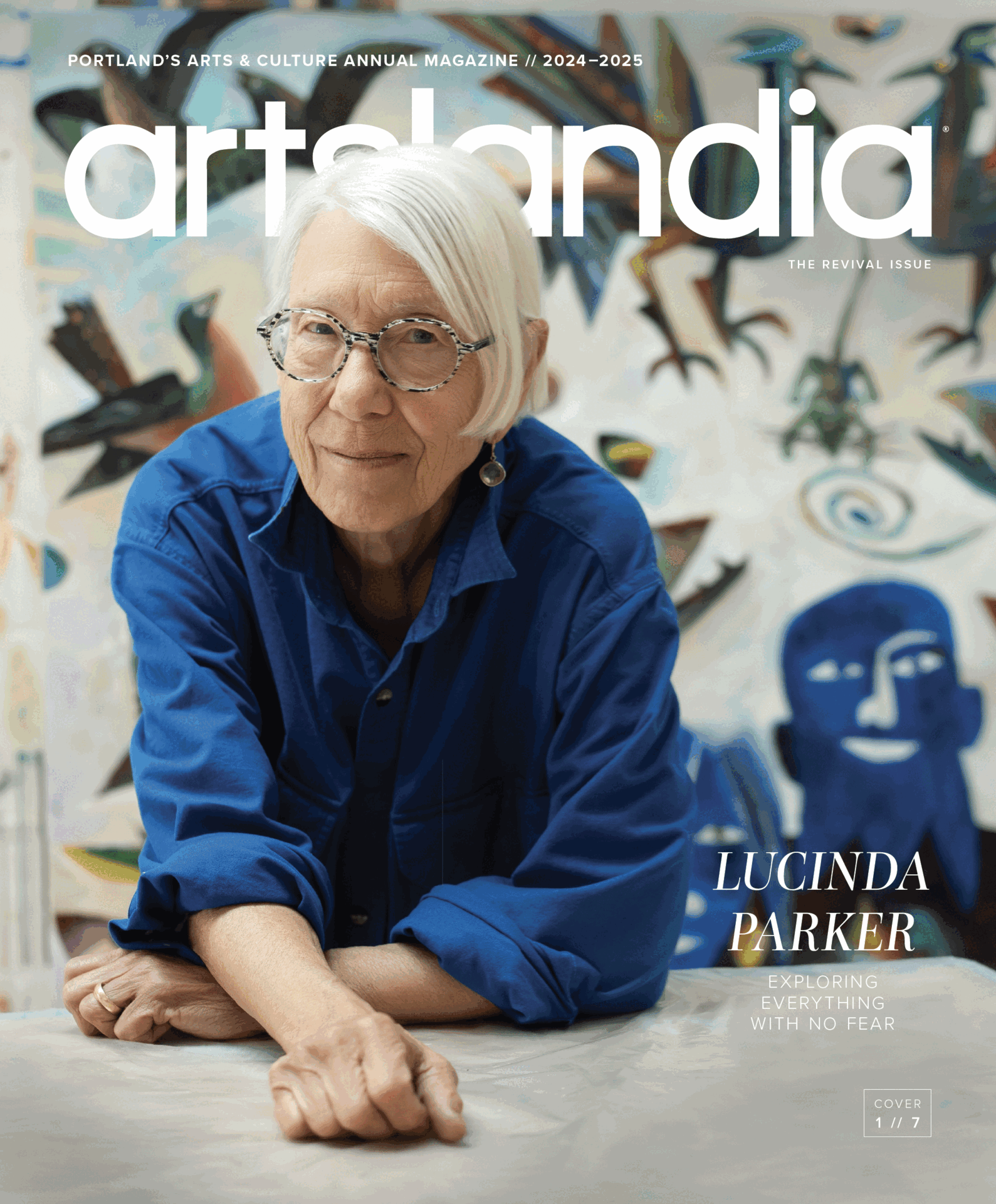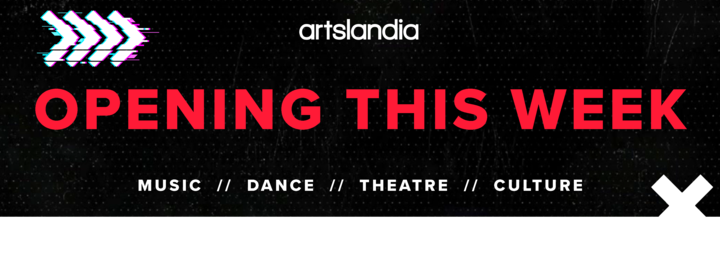Profession: Dancer, Choreographer, Teacher, Co-Founder and Artistic Director of Open Space, Icon
Franco Nieto, recipient of the prestigious Princess Grace Award, made a striking transition from football to ballet at 16. He sharpened his skills at the Vancouver School of Arts and Academics and Columbia Dance, further refining his talents under the guidance of renowned jazz instructor Tracey Durbin. After earning his Bachelor of Fine Arts in jazz from Point Park University, Franco embarked on a notable career. He spent a decade as a principal dancer with the NW Dance Project, where he collaborated with top choreographers and played a vital role in creating many original works. Franco has performed in more than 10 countries, sharing stages with international icons like Lady Gaga and Sir Elton John. Now, as the co-founder and Artistic Director of Open Space, he leverages his extensive experience to mentor dancers of all levels, fostering an inclusive environment that encourages artistic exploration and development.
Artslandia: Can you describe a pivotal experience that led you to pursue dance as a career?
Franco Nieto: When I saw Batsheva do Minus 16 by Ohad Nahrin, which White Bird presented when I was 16, I was hooked! The physicality and rawness drew me in, and the music still haunts me. I asked myself, “Do I see myself as a professional football player or dancer?” and just knew this was what I wanted to do with my life. I quit football and was determined to make it as a professional dancer. I started training before school, during school, and after. I knew dance would get me to see the world and make an impact, so I put all my eggs in one basket and worked my ass off to be at the level I knew I could be.
A: Your work often draws from a wide range of dance styles and influences. How do you integrate these diverse elements into a cohesive performance?
FN: It’s been exciting to work with street dancers in our community to see how our worlds are much more similar than not. The passion for dance that lives in me lives in them. We dance because it’s a way to escape from reality sometimes and find true emotions through our bodies. I often tell artists and students that if they believe in what they’re doing and feel it, their audience will feel it. If they feel nothing, then their audience feels nothing. I try to create work that feels genuine, exciting, fluid, physical, and emotional and can tell a story through our bodies, even abstractly. Creating NOT-Cracker, which will be performed at the Newmark Theatre December 6–8, was that for me—bringing different influences and communities together to create a reimagined Nutcracker for Portland.
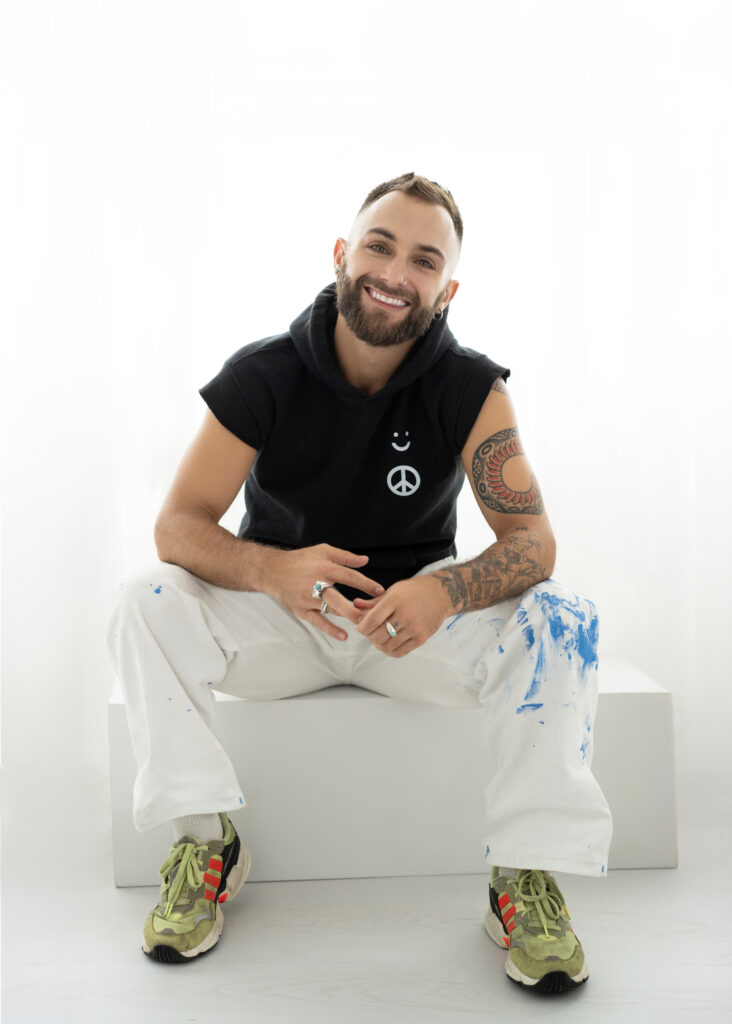
A: How do you see art as a means of expression across different mediums, and what role does personal perspective play in creating connections with audiences?
FN: I like to imagine art as an encapsulating form of life. Growing up, I always thought I would be a visual artist because I was a visual thinker. I saw the world differently than a lot of people around me. As artists, we’re all trying to tell a story about our lived experiences. We can touch more people as audiences when they see themselves in the art.
A: How do you think dance can be made more accessible to diverse audiences in Portland, and what impact could this have on the community?
FN: Dance is for all. If we can get audiences to experience and feel dance by making it accessible, we’ll hook them. Everybody wants a moment to either see themselves in art or escape from reality. You must create an experience. We work too hard only to have a few people enjoy dance because they can afford it. If you get them hooked, they are likelier to see other performances.
"I genuinely believe that Portland is in a renaissance period. It is a time to think outside the box and bring creatives to the forefront to reimagine Portland."
Franco Nieto
A: How do you think living and working in this city has shaped your outlook on life and your approach to your craft?
FN: Portland has always been a city that I was proud to live in. It’s a creative haven in the States, and the convenience of good food, drinks, and art has made it a place of tangible inspiration.
A: How do you see Portland’s dance community embodying resilience?
FN: I genuinely believe that Portland is in a renaissance period. It is a time to think outside the box and bring creatives to the forefront to reimagine Portland. Portland wasn’t sustainable anymore. The pandemic, as hard as it was, opened new doors for folks to have more of a new voice. We need to continue to listen to these new voices and not go backward to what we thought Portland was but what Portland can be!
A: You’ve shared profound insights into the impact of your mentors and influences on your work. In your vision, how do you see the future of dance evolving, and what do you hope to leave as your legacy?
FN: I learned so much from having great mentors who have pushed me to be who I am today! One of those mentors who helped shape my idea of dance was Tracey Durbin. She taught me what art was: community, hard work, and nonstop moving. She was also one of the most generous people I knew—always taking time for her students and others. She believed in creating a safe space for movers to come as they are, which is what I strived for when imagining Open Space.
I believe the dance world can be very toxic and can live in a scarcity model way. I’d like to change that. I truly believe you can get healthier and better results through validation. If artists and students feel safe to take risks and make mistakes, that’s how growth happens. There have been so many times that I’ve been told “no” or not given any feedback that I find myself paralyzed to make a choice. This stunts growth. I want folks to feel empowered to make choices and create a dialogue between choreographer, dancer, teacher, and student.



